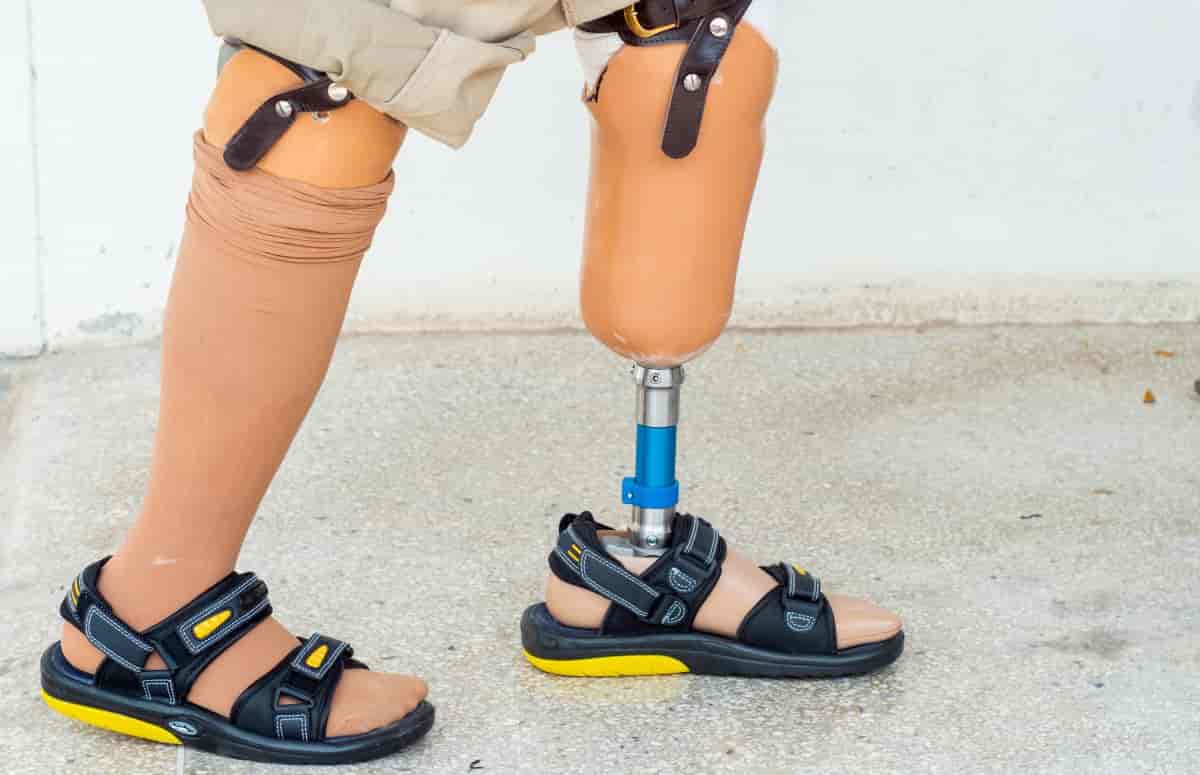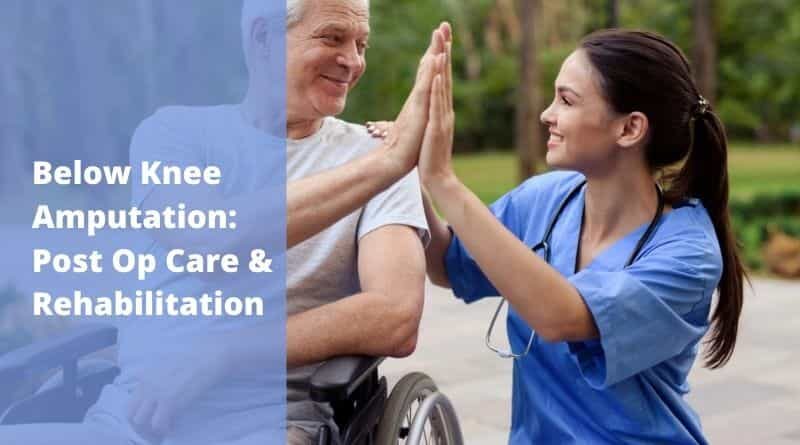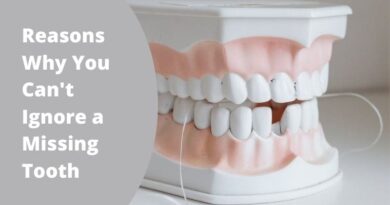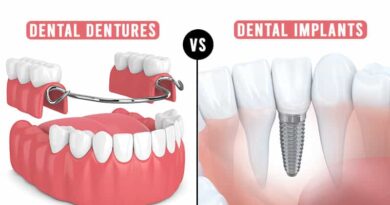Below Knee Amputation: Post Op Care & Rehabilitation
Table of Contents
What is a Below Knee Amputation (BKA)?
A Below Knee Amputation (BKA) is a surgical procedure involving the removal of the lower leg below the knee due to trauma, infection, diabetes complications, or vascular disease. It is a life-altering procedure that requires significant post-operative care and rehabilitation to restore mobility and improve quality of life.
Importance of Post-Op Care and Rehabilitation
Recovering from a below knee amputation involves more than just healing from surgery—it requires proper care, rehabilitation, and emotional support. Post-op care plays a crucial role in preventing complications such as infections, blood clots, and muscle atrophy. Rehabilitation, including physical therapy and prosthetic training, helps patients regain mobility and independence.
Stages of Below Knee Amputation Recovery
1. Pre-Operative Preparation
Before undergoing a BKA, patients should:
- Maintain a balanced diet to promote healing.
- Engage in pre-surgery exercises to strengthen muscles.
- Learn about the procedure to mentally prepare.
- Arrange for post-surgical support from family or caregivers.
2. Immediate Post-Operative Phase (First Few Days After Surgery)
- Pain Management: Medications help control post-surgical pain.
- Infection Prevention: Proper wound care and hygiene are essential.
- Blood Circulation & Swelling Control: Elevating the limb and using compression dressings help reduce swelling.
- Emotional Support: Counseling and peer support groups assist with emotional well-being.
3. Rehabilitation and Prosthetic Training
Rehabilitation is essential for regaining independence. The process includes:
- Physical Therapy: Strengthening residual limb muscles, balance training, and gait training.
- Prosthetic Fitting: Custom-made prosthetics enhance mobility.
- Occupational Therapy: Learning daily activities with assistive devices.
- Emotional & Mental Health Support: Therapy and counseling help in adjusting to life after amputation.
Key Rehabilitation Exercises for Below Knee Amputees
1. Strength Training
- Leg lifts and resistance exercises for the remaining limb.
- Core strengthening to improve balance and stability.
2. Mobility Training
- Parallel bar exercises to practice weight-bearing on the prosthetic limb.
- Walking drills with and without prosthetics to enhance endurance.
3. Balance & Coordination
- Standing on one leg to improve stability.
- Using a therapy ball to enhance coordination.
Role of Medical Professionals in Recovery
1. Physical Therapists
- Assist with muscle strengthening and mobility.
- Teach proper prosthetic limb use.
2. Occupational Therapists
- Help with adapting to daily activities.
- Provide strategies to improve independence at home and work.
3. Prosthetists
- Design and fit customized prosthetic limbs.
- Ensure comfort and functionality of the prosthesis.

Preventing Complications After Below Knee Amputation
To avoid potential complications, patients should:
- Follow a proper wound care routine.
- Perform daily exercises to prevent muscle atrophy.
- Maintain a healthy diet to speed up recovery.
- Use assistive devices correctly to avoid falls.
FAQs
1. How long does it take to recover from a below knee amputation?
Recovery time varies, but most patients can start using a prosthetic limb within 3-6 months, with full rehabilitation taking up to a year.
2. Can you walk normally after a below knee amputation?
With proper rehabilitation and prosthetic training, many patients regain near-normal mobility.
3. What are the main challenges after a below knee amputation?
Challenges include phantom limb pain, balance issues, and emotional adjustment. However, therapy and support groups can help manage these difficulties.
4. Are there alternative mobility aids if a prosthetic limb isn’t an option?
Yes, wheelchairs, crutches, and walkers can be used depending on mobility needs.
5. Where can I find support for below knee amputation recovery?
Rehabilitation hospitals, support groups, and online communities offer valuable resources.
Conclusion
Below knee amputation is a challenging but manageable condition with proper post-op care and rehabilitation. By following medical guidance, engaging in physical therapy, and utilizing prosthetic limbs effectively, patients can regain independence and lead fulfilling lives.
In this blog post, we’ve discussed the basics of what you need to know about amputation. We hope our advice can help people who are going through a below-knee amputation find peace and happiness in their lives again after surgery. If you or someone close to you is dealing with an amputation, please reach out for help from Everest Rehabilitation Hospitals Specialty programs and services that will provide personalized care tailored to your needs during rehabilitation.
Sources & Further Reading
For expert rehabilitation services, consult professional therapists specializing in below knee amputation recovery.
Recommended Articles:




